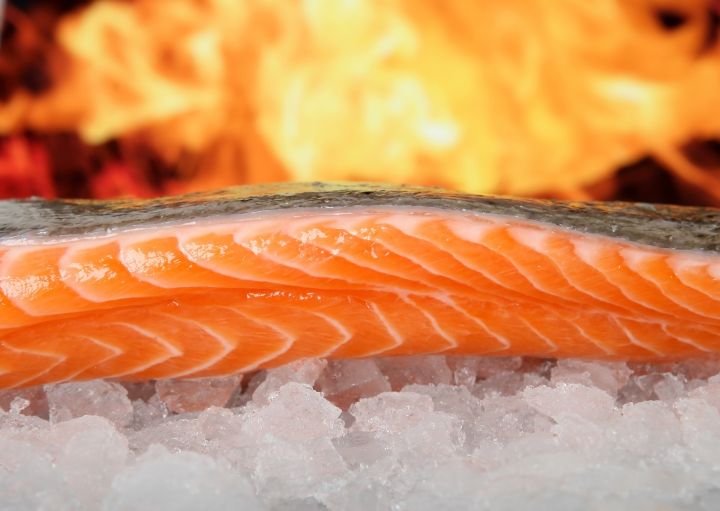
In March 2022, several standards for the food industry will come into force. Their development was carried out to update the requirements that are mandatory to ensure compliance with the technical regulations of the Eurasian Economic Union. The Technical Regulation set minimum requirements for the safety of products during the EAC Certification, EAC Declaration or state registration.
In the GOST 21607-2021 the specifications for frozen fish soup sets are established. The document specifies the requirements for products made from sliced fish of all species except small herring, tuna, cartilaginous fish, smarida and several other species. The following indicators are standardized:
- Product appearance when frozen and after thawing
- Consistency and smell of fish carcasses, offal
- External defects
- Flavors after cooking
- Impurities (that are not allowed)
GOST 7448-2021 “Salted fish. Specifications” applies to all fish species, including cartilaginous fish, sardinops, sturgeons and others. The standard specifies requirements for the following values:
- Carcass weight and length
- Classification of products by size
- Method of cutting fish of various species
- Degree of evisceration
- The type of cut
- Packaging requirements
- Taste and smell of the product after unpacking
GOST 7445-2021 applies to sturgeon and paddlefish species of smoked fish in terms of the quality of raw materials and smoke flavorings. According to the standard, only natural preparations made from smoke condensates may be used for smoking. The requirements for the following organoleptic indicators are also specified:
- Appearance of the fish
- Presence of external damage
- Color, taste, smell
- Consistency
- Salinity
GOST R ISO 11051-2021 “Durum Wheat Specifications” specifies requirements for cereals. The standard describes in detail the methods for determining impurities, glass grains, harmful insects. The appendix contains a list of poisonous and harmful seeds.
The provisions of the standards must be complied with, also with regard to the processes of production, storage, transport, sale and disposal of goods and to ensure compliance with the requirements of the technical regulations.
